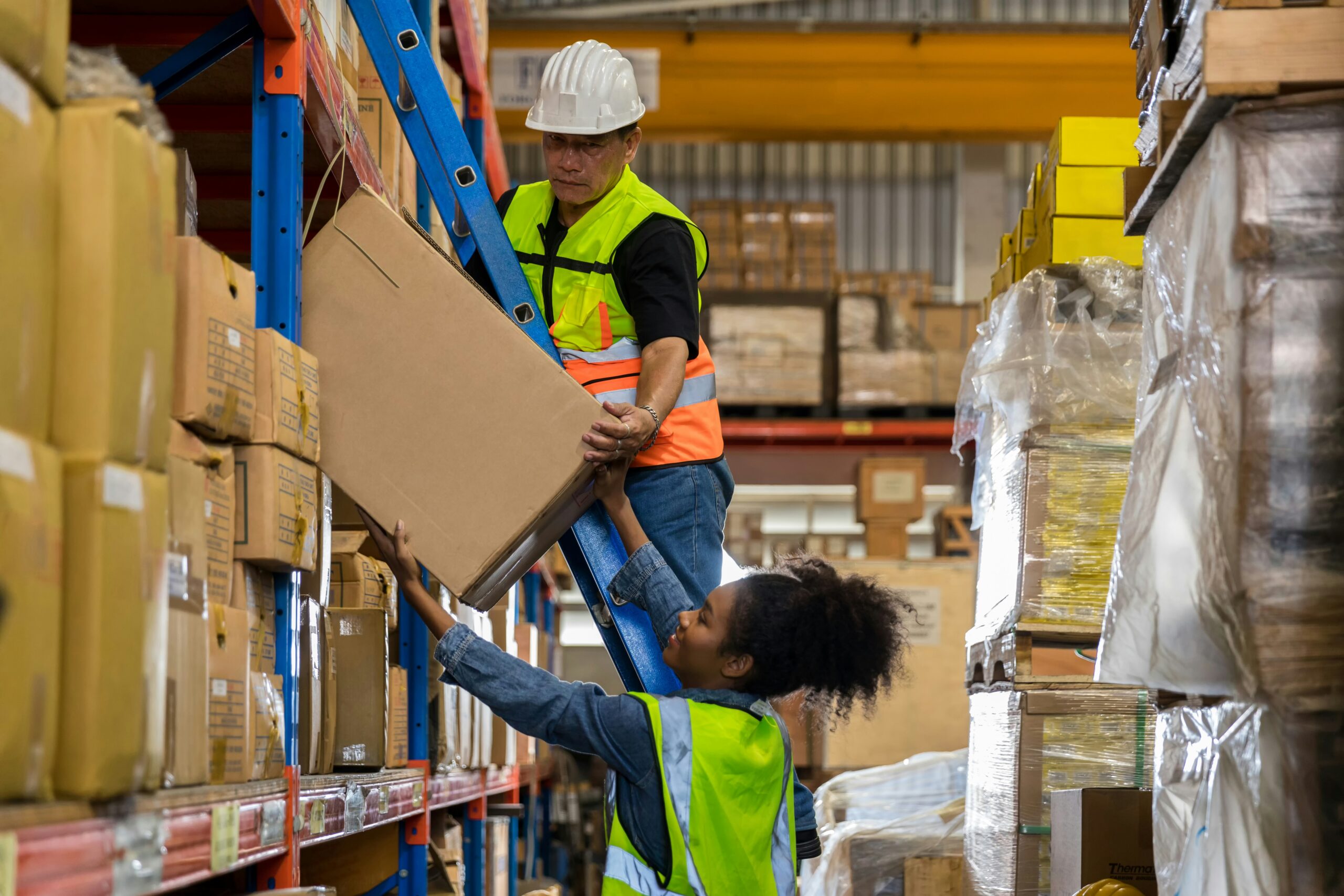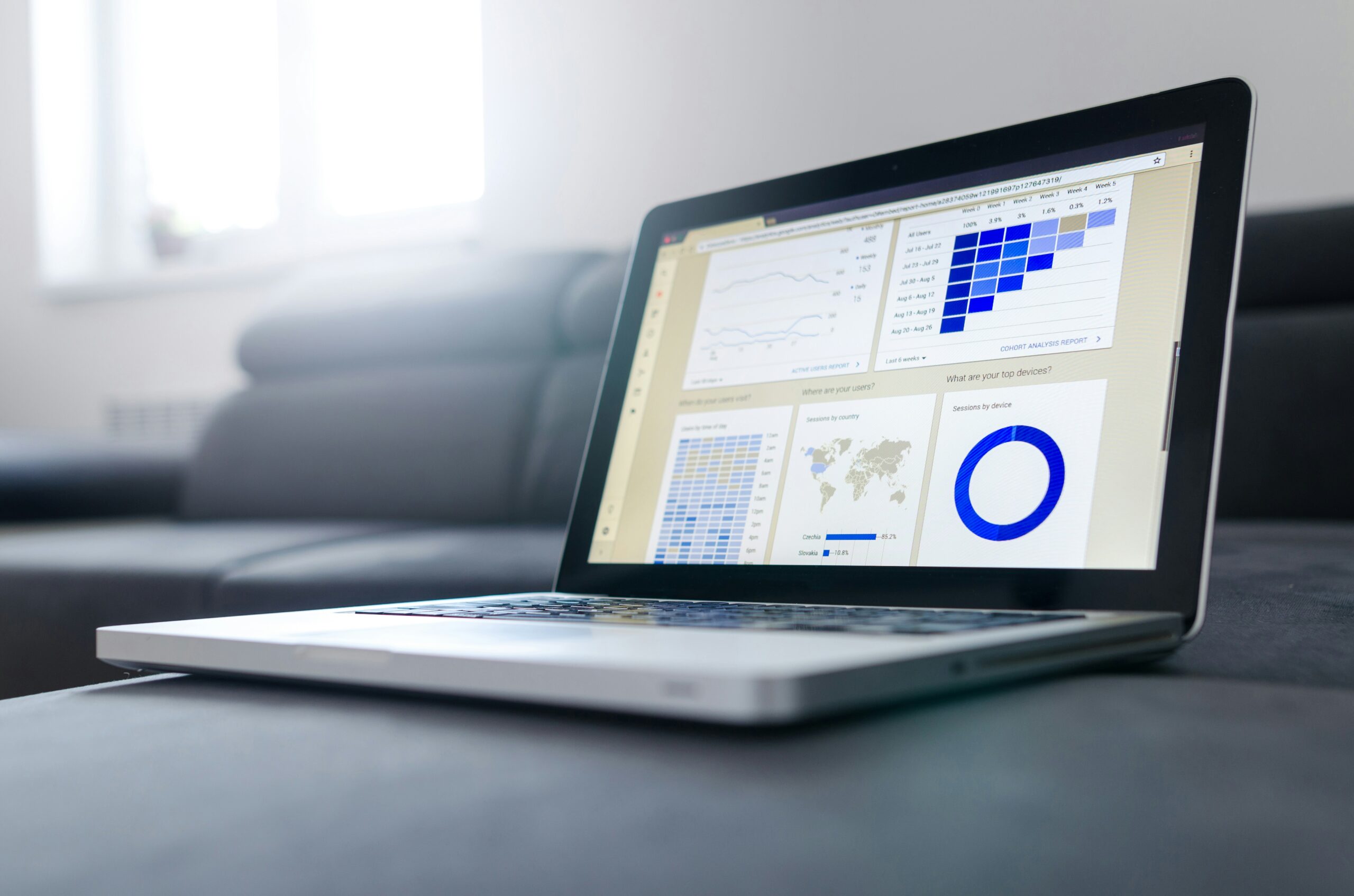It seems like everyone’s favorite buzz word is blockchain these days. You can’t attend a tech conference or see a new article without some mention of it. But what exactly is block chain?
A blockchain is a growing list of records, called blocks, which are linked using cryptography. It’s like having a google docs spreadsheet that can be accessed by everyone and edited by no one. It is a chain because information can be added in chronological order and linked to older blocks. Blockchains are spread across the network, with each peer holding a copy of the complete ledger. Blockchains were originally created to be used with cryptocurrency, but are proving to be useful in a number of different industries. For instance, the picture below shows how the supply chain is currently used. Each step of the supply chain is tracked on individual ledgers with each individual company (the manufacturer, the dealer, etc.)
With blockchain, the process would look something more like the picture below – one ledger for all the different steps within the supply chain. This ledger, as previously mentioned, can be seen by anyone and cannot be edited.
Why Blockchain?
While the supply chain works the way it is supposed to with our current technology, the idea that blockchain could disrupt the supply chain is an exciting proposition. Using blockchain could add a lot of value within the supply chain, especially in the areas of:
- Security
- Transparency
- Decreasedcosts
Because blockchain uses cryptography and is spread across the whole network, the ledger is essentially tamper-proof. It would be impossible for anyone to change data within the blockchain to meddle with financial data and can therefore be considered more secure than the traditional banking model.
This decentralized nature of the blockchain that adds an extra layer of security, also adds transparency to the supply chain. Due to increased regulatory and consumer demand for provenance information, the blockchain would make it easy for anyone to see where their t-shirt was made or whether their coffee is truly Fairtrade, and because the ledger is tamper-proof, there isn’t a question of an unscrupulous company lying about where their product is manufactured. Furthermore, the increased transparency also adds value by mitigating the high costs of quality problems (for example recalls, black market products, reputational damage, etc.) that can occur through the many layers of a complicated supply chain.
The use of blockchain should reduce a company’s costs within the supply chain, as they would be able to cut down on third party costs, specifically those imposed by the traditional banking system. With increased adoption of blockchain, the monetary benefits will become clearer as they relate to the supply chain.
Using Blockchain for the Supply Chain – For Real
To date, there are several instances of companies using blockchain within their business operations. For example, Walmart teamed up with IBM to incorporate their “Food Trust System” blockchain into their current supply management system and tested it out on both Chinese Pork and Mexican mangoes. The experiment went well and Frank Yiannas, vice president of food safety at Walmart remarked, “We were so encouraged that we really quickly started reaching out to other suppliers and retailers as well.” The experiment allowed Walmart to simplify their supply chains with automatic tracking of important information, such as temperature and quality of goods, shipment and delivery dates, and safety certifications of facilities. There are a plethora of advantages of a more transparent food supply chain, including:
- Enhancesfood safety
- Lessfood waste
- Promotesresponsibility among food producers since they would not be able to get awaywith underhand dealings
- Givesthe customer more trustworthy information about their food and allows them tomake better buying choices
Walmart isn’t the only large company that is starting to use blockchain. Target, the eighth largest retailer in the United States, has been working on their own blockchain-powered solution for supply chain management and has gone so far to advertise for a blockchain engineer and systems developer on their careers page. Target’s vide president of architecture, Joel Crabb, wrote on the company blog, “I’m proud that Target will support the Hyperledger Grid project and that we’re committing dedicated engineering resources to build out components in the Grid architecture.”
While it may be easy to dismiss blockchain as the current craze, with companies like Walmart and Target adopting it and testing its uses within their supply chain, it might be more than just a fad, and worth a second glance. In today’s fast world, new technology is constantly being developed and we at AGR Dynamics are committed to incorporating it into our supply chain management solutions. Most recently, we have been developing machine learning technology to work within our software, as well as creating a new retail solution that makes the whole process – from high level department planning to product end-of-life management – simple and easy. We look forward to follow along with BlockChain technology and see where it goes within the industry and how the AGR system can benefit it.







